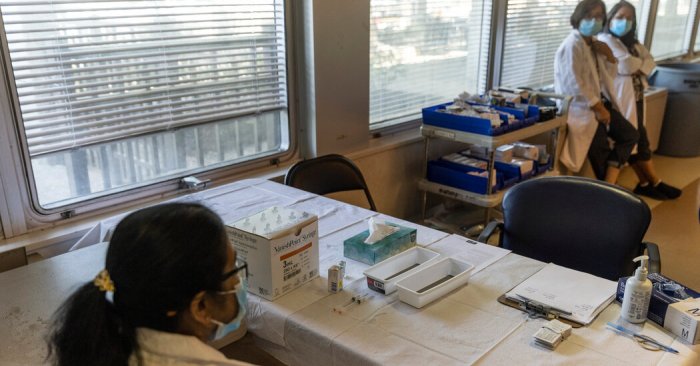The nurse prepares to administer the inactivated polio vaccine – The administration of the inactivated polio vaccine is a crucial aspect of preventive healthcare, and nurses play a vital role in ensuring its safe and effective delivery. This guide provides a comprehensive overview of the nurse’s preparation, vaccine characteristics, administration techniques, patient assessment, documentation, education, and counseling related to the inactivated polio vaccine.
Understanding the importance of proper preparation, nurses must follow a step-by-step approach to ensure the vaccine’s efficacy. This includes gathering the necessary equipment, supplies, and patient information. Additionally, nurses must be familiar with the vaccine’s characteristics, including its composition, storage requirements, and potential side effects.
Nurse Preparation for Inactivated Polio Vaccine Administration
Proper preparation for vaccine administration is crucial to ensure the safety and effectiveness of the vaccination process. The nurse plays a vital role in preparing for the administration of the inactivated polio vaccine.
Step-by-Step Guide to Preparation
- Verify the patient’s identity and eligibility for the vaccine.
- Obtain a detailed medical history, including any allergies, previous reactions to vaccines, and current medications.
- Check the vaccine vial for expiration date, proper storage conditions, and any signs of damage.
- Gather the necessary equipment and supplies, including syringes, needles, alcohol wipes, cotton balls, and a sharps container.
- Prepare the injection site by cleaning it with an alcohol wipe and allowing it to air dry.
Equipment and Supplies
- Syringes (1-3 mL)
- Needles (25-27 gauge)
- Alcohol wipes
- Cotton balls
- Sharps container
- Vial of inactivated polio vaccine
Vaccine Characteristics and Administration Techniques: The Nurse Prepares To Administer The Inactivated Polio Vaccine
The inactivated polio vaccine (IPV) is a safe and effective vaccine that protects against poliomyelitis. It contains inactivated polioviruses that have been chemically treated to destroy their infectivity while preserving their immunogenicity.
Routes of Administration, The nurse prepares to administer the inactivated polio vaccine
- Intramuscular injection (IM)
- Subcutaneous injection (SC)
Administration Technique
The IM route is preferred for IPV administration. The injection site is typically the anterolateral aspect of the thigh in infants and young children or the deltoid muscle in older children and adults.
For IM injection, insert the needle at a 90-degree angle to the skin and inject the vaccine slowly. Withdraw the needle and apply pressure to the injection site with a cotton ball.
Patient Assessment and Monitoring

Before administering the IPV, it is essential to assess the patient for any contraindications or precautions.
Signs and Symptoms to Monitor
- Local reactions (e.g., pain, redness, swelling)
- Systemic reactions (e.g., fever, chills, malaise)
- Allergic reactions (e.g., hives, swelling, difficulty breathing)
Monitoring Protocol
Monitor the patient for 15-30 minutes after vaccination for any immediate reactions. Instruct the patient to report any adverse events or concerns promptly.
Documentation and Reporting

Accurate documentation is crucial for vaccine administration. The nurse should record the following information:
Vaccine Administration Information
- Date of administration
- Vaccine name and manufacturer
- Lot number
- Route of administration
- Injection site
- Patient’s response to the vaccine
Reporting Adverse Events
Any adverse events or reactions following IPV administration should be reported to the appropriate authorities (e.g., state health department, vaccine manufacturer).
Education and Counseling

Patient education is essential before and after IPV administration. The nurse should provide the following information:
Key Points for Patients
- The importance of vaccination for polio prevention
- The risks and benefits of IPV
- Expected side effects and when to seek medical attention
- The need for follow-up doses
Addressing Vaccine Hesitancy
The nurse should address any concerns or hesitations about vaccination by providing accurate information and dispelling myths.
FAQ Section
What is the importance of patient assessment before vaccine administration?
Patient assessment helps identify any contraindications or precautions that may affect the vaccine’s safety or effectiveness.
What are the potential adverse reactions to the inactivated polio vaccine?
Common side effects include soreness, redness, and swelling at the injection site. Severe reactions, such as anaphylaxis, are rare.
How should nurses address vaccine hesitancy or concerns?
Nurses should provide accurate information about the vaccine’s safety and efficacy, address misconceptions, and encourage open dialogue.